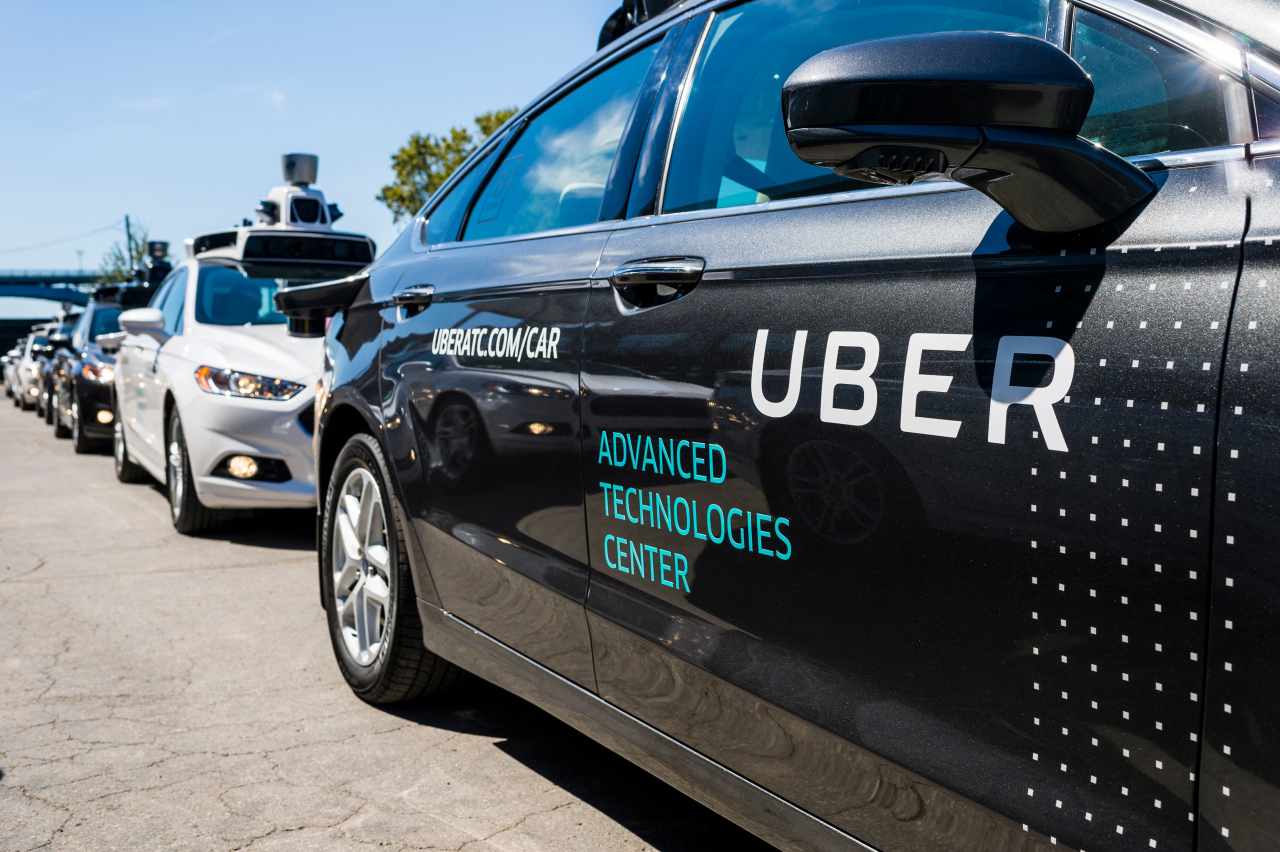Uber Reports Strong Q2 2025 Bookings Growth and Announces $20 Billion Buyback, Boosting Stock Price
August 6, 2025
Uber Technologies, Inc. (NYSE: UBER) announced robust second-quarter results on August 6, 2025, surpassing analyst expectations with an 18.2% year-over-year increase in gross bookings to $46.8 billion, driven by strong growth in its mobility and delivery segments. Alongside the earnings, Uber unveiled a $20 billion stock buyback program, signaling confidence in its financial momentum and long-term growth. The stock rose 4.9% in premarket trading to $91, reflecting investor enthusiasm, though it later moderated to $89.22, as shown in the finance card above. This article details Uber’s Q2 performance, the buyback plan, and the factors driving its stock movement.
Q2 2025 Financial Performance
Uber’s Q2 results, ending June 30, 2025, demonstrated resilience in a competitive market:
- Gross Bookings: $46.8 billion, up 17% year-over-year (YoY), exceeding analyst estimates of $46.42 billion. Mobility bookings rose 18.8% to $23.76 billion, while delivery bookings grew 24.6% to $21.73 billion.
- Revenue: $12.65 billion, an 18% YoY increase, surpassing the consensus estimate of $12.47 billion.
- Adjusted Earnings Per Share (EPS): $0.63, in line with analyst forecasts, up from $0.47 a year earlier.
- Net Income: $1.36 billion, or $0.63 per share, compared to $1.02 billion, or $0.47 per share, in Q2 2024.
- Adjusted EBITDA: $2.12 billion, a 35% YoY increase, with margins improving to 4.5% of gross bookings from 3.9% last year.
- Monthly Active Platform Consumers (MAPCs): Grew 15% to 180 million, driving 3.3 billion trips, an 18% YoY increase.
- Free Cash Flow: $2.5 billion, reinforcing Uber’s ability to fund growth and shareholder returns.
The growth was fueled by Uber’s loyalty program, Uber One, which saw a 60% YoY membership increase to over 36 million users, contributing over one-third of bookings. These users, engaging with both rides and delivery, generate three times the profit of single-service users, boosted by a May 2025 event offering discounts across rides, delivery, and groceries.
$20 Billion Stock Buyback Program
Uber’s board authorized a $20 billion share repurchase program, building on a $7 billion plan announced in February 2024, which included a $1.5 billion accelerated share repurchase (ASR) in January 2025 that retired 18.6 million shares. The new buyback, one of the largest in recent corporate history, could reduce Uber’s share count by up to 5% over two years, potentially boosting EPS by 8–10% annually. CFO Prashanth Mahendra-Rajah emphasized the stock’s undervaluation, stating, “Our stock is undervalued relative to the strength of our business, and we plan to accelerate our buybacks.”
The buyback reflects Uber’s confidence in its cash flow generation, with $2.5 billion in Q2 free cash flow and a forward P/E ratio of 12.3x, lower than peers like Lyft (15.8x) and DoorDash (18.4x). The program aims to offset stock-based compensation, which totaled $1.935 billion in 2023, and reduce outstanding shares to enhance shareholder value.
Stock Price Movement
As shown in the finance card above, Uber’s stock price closed at $89.22 on August 6, 2025, with a daily range of $84.79 to $93.19 and a market cap of $184.92 billion. Despite a 1.4–1.5% dip in premarket trading due to initial volatility, the stock surged 4.9% to $91 in premarket after the earnings release, driven by the strong Q2 results and buyback announcement. The stock has gained 49% year-to-date, outperforming the S&P 500, though it remains below its year-high of $97.72. The finance card indicates a 1-month decline from $96.88 on July 7 to $89.22, reflecting a 6% pullback in July before stabilizing in August.
Strategic Initiatives Driving Growth
Uber’s performance was bolstered by:
- Loyalty Program: The $9.99/month Uber One program added 500,000 members during a May 2025 event, enhancing customer retention and profitability.
- Price Lock Pass: This $2.99/month subscription, offering fixed pricing on select routes, drove an average of six additional monthly commute trips per user in over 10 U.S. cities.
- Senior Accounts: Launched in Q2, these feature larger text and family-organized ride management, targeting older users.
- Safety Features: A new U.S. feature allows women riders and drivers to avoid mixed-gender pairings, following successful pilots in other countries.
- Autonomous Vehicles: Uber’s 20+ partnerships, including with Lucid and Nuro, position it as a platform leader in self-driving technology, with five new autonomous deployments planned for 2025.
Q3 2025 Outlook
Uber forecasted Q3 gross bookings of $48.25–$49.75 billion, representing 17–21% YoY growth, exceeding analyst expectations of $47.58 billion. Adjusted EBITDA is projected at $2.19–$2.29 billion, aligning with the $2.22 billion consensus. CEO Dara Khosrowshahi emphasized the platform’s potential, stating, “We’re still only beginning to unlock the platform’s full potential, now with 20 autonomous partners around the world.”
Market Context and Risks
Uber’s results come as the North American ride-hailing market nears saturation, increasing pressure to sustain growth. Rival Lyft, reporting after market close on August 6, faces similar scrutiny. Uber’s focus on cross-platform activity, like integrating Uber Eats with ride-hailing, and its $8.7 billion in equity stakes in autonomous tech firms, aim to counter cyclical risks in the on-demand economy. However, macroeconomic headwinds and regulatory challenges in the autonomous vehicle sector could pose threats.
Conclusion
Uber’s Q2 2025 results, with a 17% bookings increase to $46.8 billion and a $20 billion buyback program, reflect its strong financial position and strategic confidence. The stock’s 4.9% premarket surge to $91, though moderated to $89.22, underscores investor optimism about Uber’s loyalty-driven growth and capital allocation strategy. With a robust Q3 outlook and investments in autonomous technology, Uber is well-positioned to navigate market challenges, though sustained execution will be critical to maintaining its momentum.
Sources: Investing.com, Reuters, CNBC, Bloomberg, LiveMint, AInvest.com, News.az, The Economic Times, Financial Times
